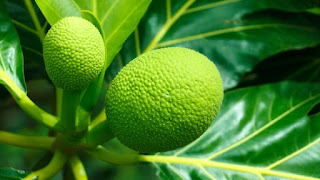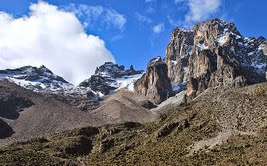Eco-friendly kitchen begins with organization

Don't feel overwhelmed making your eco-friendly kitchen, feel happy. Eco-friendly kitchens make the earth happy too. Eco-friendly equals earth-friendly not injuring the worlds environment, recipes for a natural eco friendly kitchen are simple. Growing breadfruit Go green and become an environmentally responsible household. Eco-friendly kitchens begin with eating organically homegrown produce. Create a culture of environmental responsibility beginning with your kitchen. The food you carry into your home is just as important as the appliances you prepare your meals with, so whenever possible grow your own food. Eco-friendly kitchens begin with eating organically homegrown produce. Create a culture of environmental responsibility beginning with your kitchen. Organic vegetables are not hard to grow. Hearty plants such as okra, sweet potatoes, and pole beans grow rapidly. Lettuce is also simple to plant and goes from seed to plate within a few short weeks. Consider t
 Since 2007
Since 2007







